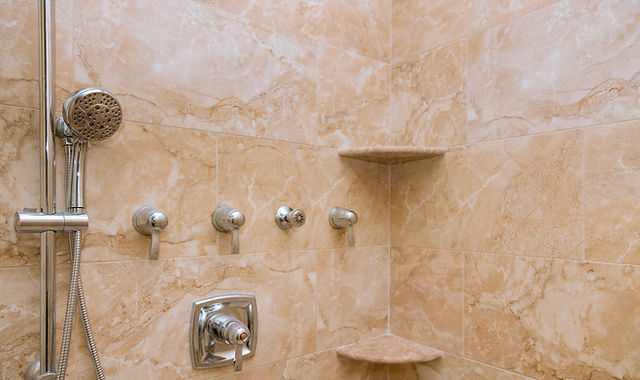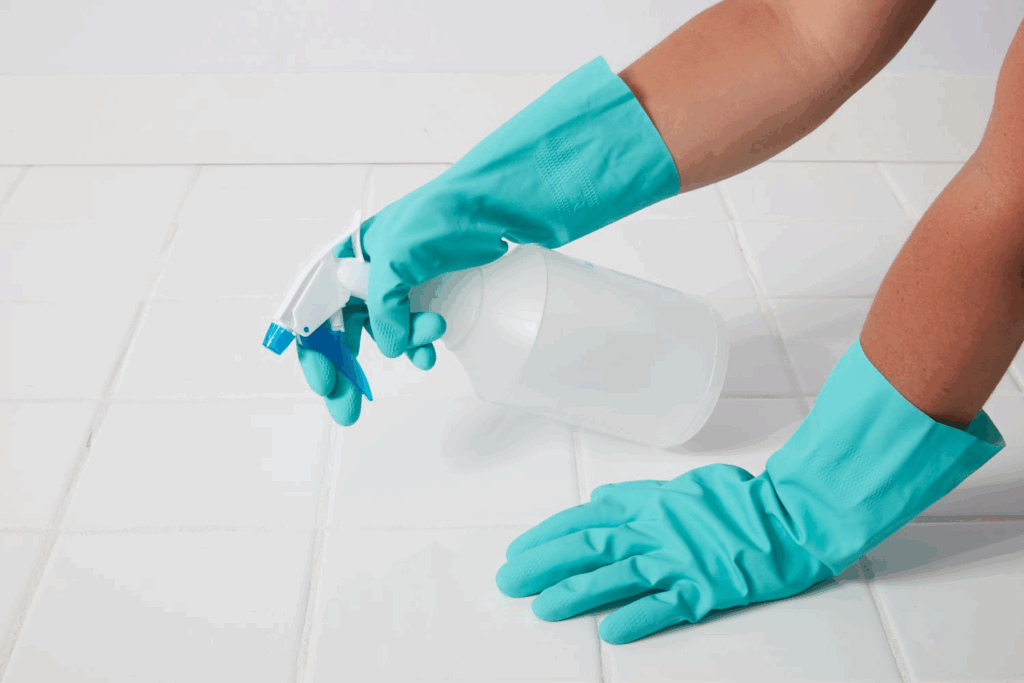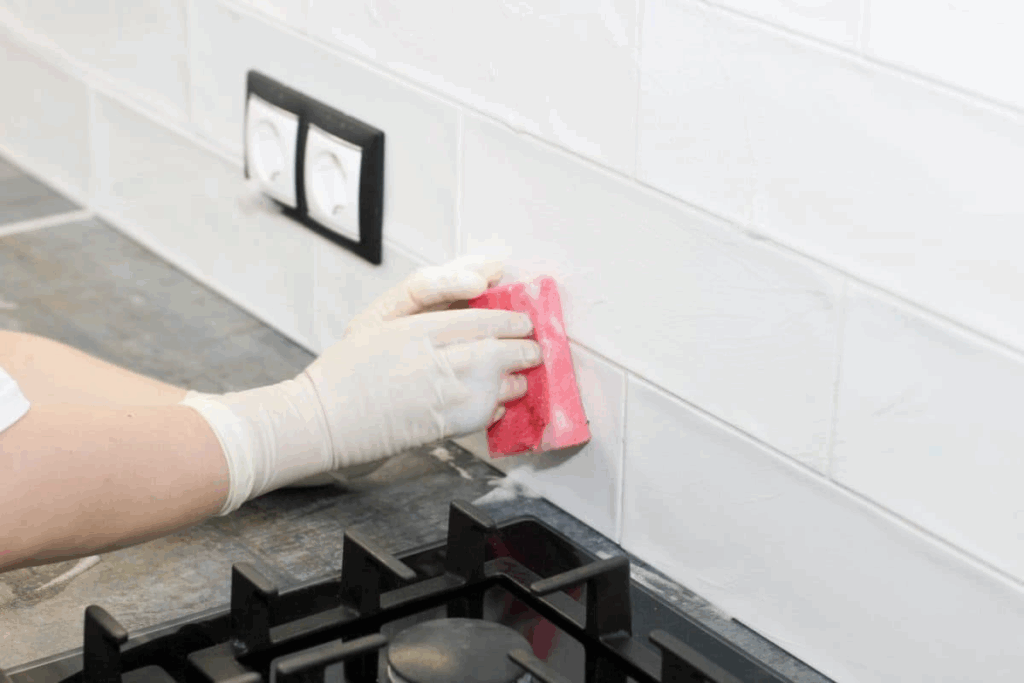If you’re a pet owner, you know the joys of sharing your home with a furry friend. Pets bring companionship, fun, and love into our lives. But along with the cuddles and tail wags can come some less pleasant side effects—namely, stubborn pet odors and stains. Whether it’s a little accident from a new puppy or lingering smells from a cat’s favorite nap spot, dealing with pet odors is part of the package. Fortunately, effective pet stain and odor removal techniques can help you maintain a clean, fresh-smelling home without sacrificing your bond with your beloved animal.
Why Pet Odors Linger

Pet odors aren’t just a surface problem. The smell can seep into carpets, upholstery, and even walls if not addressed properly. Urine, in particular, contains ammonia and bacteria that intensify over time, especially if the affected area isn’t cleaned thoroughly. Even after a stain looks like it’s gone, the odor can linger, leading pets to re-mark the same spot.
What makes these odors so persistent is the organic nature of the stains. They’re not just dirt—they’re biological. That’s why ordinary cleaners often aren’t enough. Pet odors require specific enzymatic or bio-enzymatic cleaners that break down the source of the smell at a molecular level. Get More Info about the best products and techniques to permanently eliminate pet odors and keep your home fresh.
First Step: Identify Problem Areas
Before jumping into cleaning, it’s important to locate the source of odors. Sometimes, a smell may linger even if no stain is visible. A blacklight or UV flashlight can help reveal hidden spots, especially on carpet or furniture. Mark the areas needing attention so you can target them effectively during the cleaning process.
Cleaning Techniques That Work
When it comes to pet stain and odor removal, timing is everything. The quicker you clean up after an accident, the less likely it is to become a permanent issue. Here are some tried-and-true steps:
Blot, Don’t Rub: If the mess is fresh, use paper towels or a cloth to blot up as much liquid as possible. Rubbing can push the stain deeper into the carpet or fabric.
Use Enzymatic Cleaners: These cleaners are specifically formulated to break down the proteins in pet urine and eliminate the smell at its source. Be sure to follow the product instructions and let it sit for the recommended time.
Steam Clean (When Necessary): For deeply embedded smells, a steam cleaner can help lift out stubborn odors and bacteria. However, avoid using steam directly on urine stains initially, as heat can set the stain and odor.
Air Out the Room: Open windows and use fans to increase ventilation. Fresh air helps remove lingering smells and can prevent a buildup of indoor pollutants.
Use Baking Soda for Mild Odors: Sprinkle baking soda over the affected area and leave it overnight before vacuuming. It’s a natural deodorizer that can help with minor smells.
Preventative Measures for a Fresh-Smelling Home
Once you’ve removed existing odors, taking steps to prevent future ones can make a big difference in your home environment.
Regular Grooming: Keep your pets clean with regular baths and brushing. This reduces the amount of dander, oils, and dirt they bring into your home.
Frequent Washing: Wash pet beds, blankets, and toys regularly. These can harbor odors and bacteria over time.
Litter Box Maintenance: If you have cats, scooping the litter box daily and replacing the litter regularly will drastically reduce odor buildup.
Scheduled Deep Cleaning: Consider having carpets and upholstery professionally cleaned a few times a year, especially if you have multiple pets.
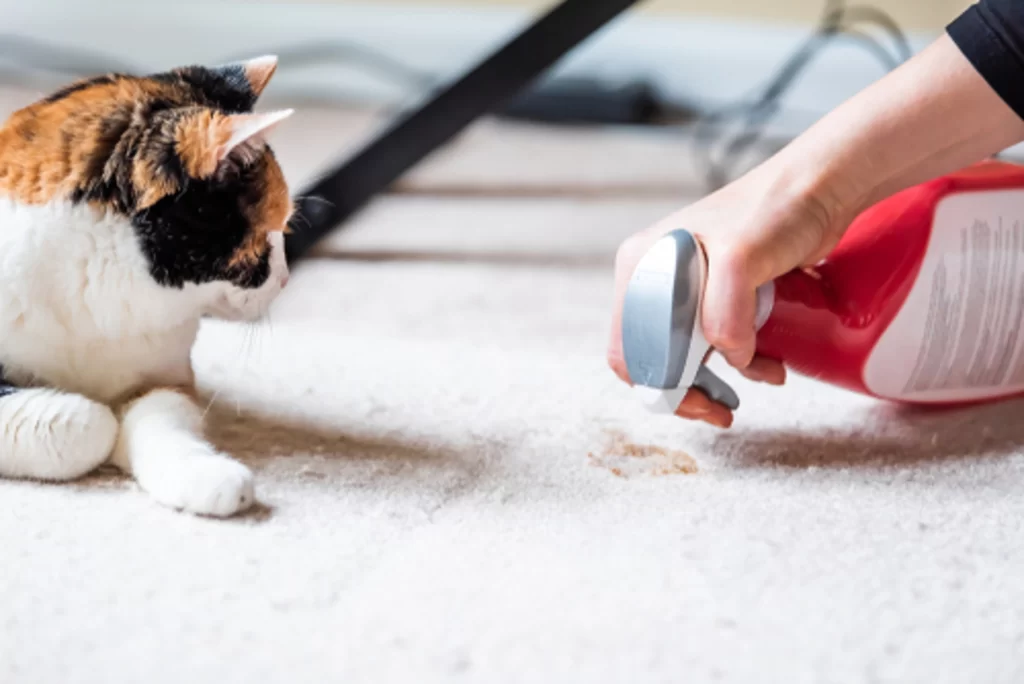
When to Call the Professionals
Sometimes, home remedies and store-bought solutions just don’t cut it. If your pet odor problem is severe or persistent, it may be time to call in professionals who specialize in pet stain and odor removal. They have industrial-grade equipment and solutions that can penetrate deeper than consumer products, and they’ll often offer guarantees to ensure your satisfaction.
Enjoy Your Pets Without the Smell
Living with pets doesn’t mean you have to sacrifice a fresh and inviting home. With the right tools, techniques, and a little bit of diligence, you can manage odors effectively and keep your space welcoming to both guests and family members. By understanding the science behind pet odors and taking a proactive approach to cleaning, you can enjoy the best of both worlds—happy pets and a clean home.
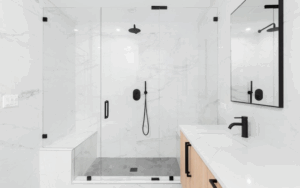 Shower tile restoration is a process designed to clean, repair, and revive existing tile and grout surfaces. Instead of tearing out old tiles, restoration focuses on deep cleaning, regrouting, resealing, and sometimes recoloring tiles to make them look brand new. It’s a fantastic solution for homeowners who want to improve their bathroom’s appearance without breaking the bank.
Shower tile restoration is a process designed to clean, repair, and revive existing tile and grout surfaces. Instead of tearing out old tiles, restoration focuses on deep cleaning, regrouting, resealing, and sometimes recoloring tiles to make them look brand new. It’s a fantastic solution for homeowners who want to improve their bathroom’s appearance without breaking the bank.